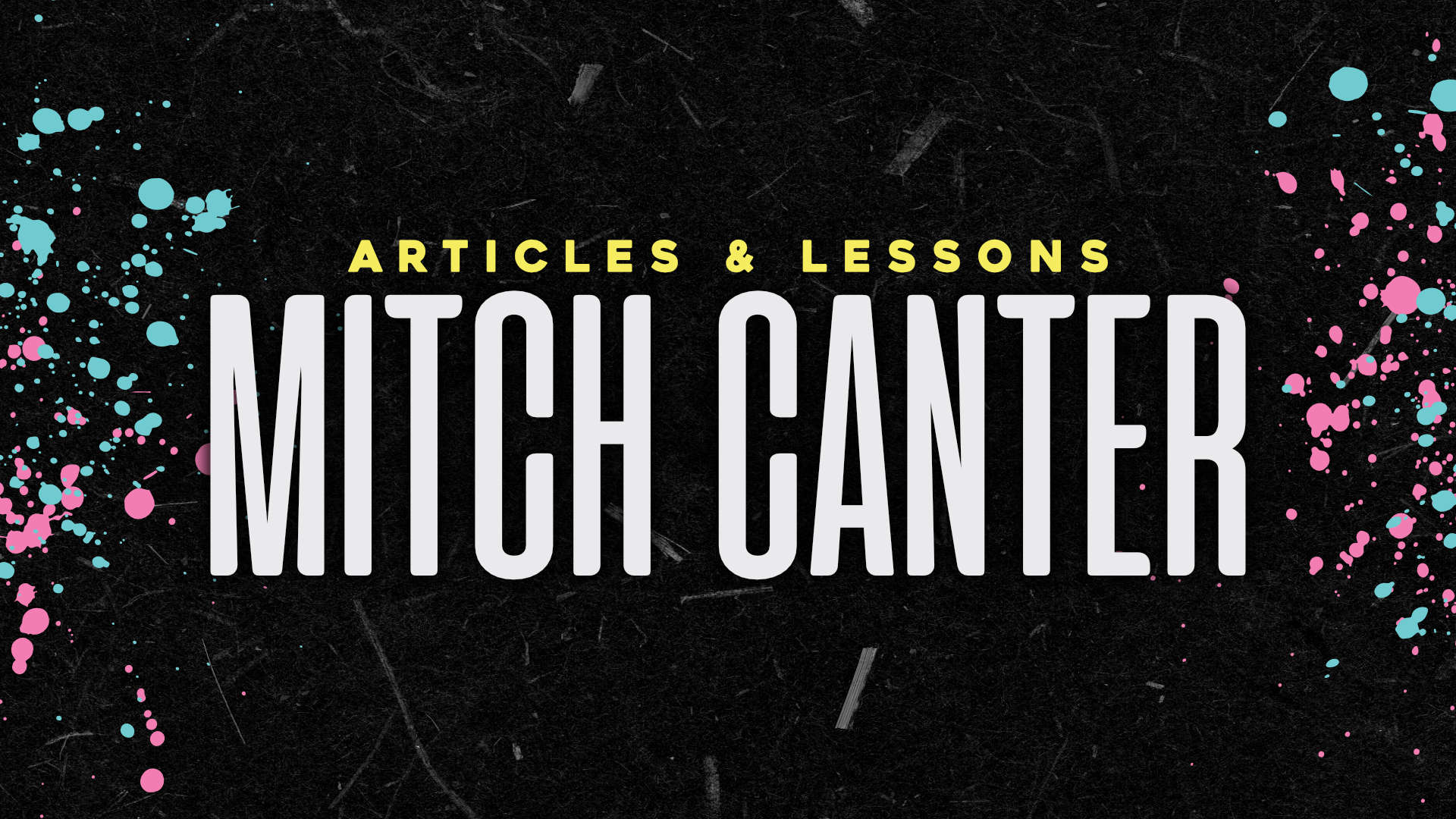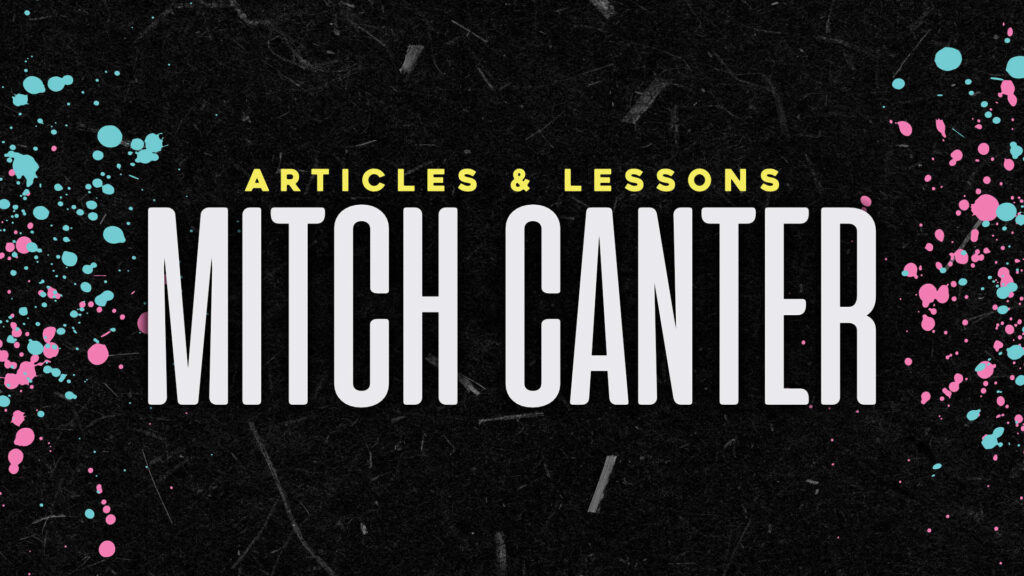Achievers in games want one thing out of their experience: to be the absolute best in whatever the game has in store. Whether it’s winning the top prize or beating the baddest boss, these players want to climb to the top of the pyramid of success. Prestige, and the thrill of the achievement, are what drives these players to keep playing and to keep winning.
The achiever style of play is the one most targeted by MMOs, that thrive on a linear, achievement based progression. The more you play, the higher level you get. The higher level you get, the more perks (items, equipment, special prizes) you can get and show off.
Achievers are “completionists” – they strive to collect, catch, and earn every title or item they can to add to their collection. If you have a prize to win or an achievement to earn, they will earn it.
Ash Ketchum in geek culture is the quintessential Achiever. Ash wants to catch every Pokemon, earn every badge, and win the “Elite Four” challenge.
Things that Appeal to Achievers
- Points: Currency appeals to all types of players, but since it’s a “self measuring” metric Achievers tend to gravitate toward points/currency. Giving free items to collectors is good, but giving rare items (see below) to large point totals is better.
- Prestige: While an Achiever may not be motivated by competing against other people, they see the biggest challenge as their own limits. If an Achiever takes down an achievement, promote that heavily.
- Collections: Like Ash Ketchum, you wanna “catch em all” if you’re an Achiever. Make a log book for anything that you have a large amount of variance in (stamps, stickers, etc). Reward people that fill out all the pages or entries.
- Rare Items: We’re not talking treasure, necessarily, but giving an Achiever something to remember the occasion by is always nice. Badges are a great modern example of this, but even ribbons or pins work for places with more of a physical presence. If you’re running a points system, make sure to include rare “points-only” prizes – achievers will flock to those more because of their rarity.
- Unofficial Challenges: Achievers will set obscure goals for themselves, and if you know it happens it may be worth promoting. In FFXIV, for example, groups will run instances with 8 “Tanks” – a deviation from the standard party makeup. Maybe you’re a music store owner, and someone’s bought every Vinyl created in 1975 (their birth-year). That’s not sanctioned, but it’s a cool piece of trivia to promote.
Links to Resources on Achievers:
Part of a Series on Gamification:
- Gamification: How to Level Up Your Marketing Campaign
- Bartle’s Taxonomy: Understanding The “Players” In Gamification
- Achievers & Gamification: “I Wanna Be The Very Best”
- Socialites & Gamification: “Better, Together”
- Explorers & Gamification: “To Boldly Go Where No Man Has Gone Before!”
- Killers & Gamification: “Win… At Any Cost”


